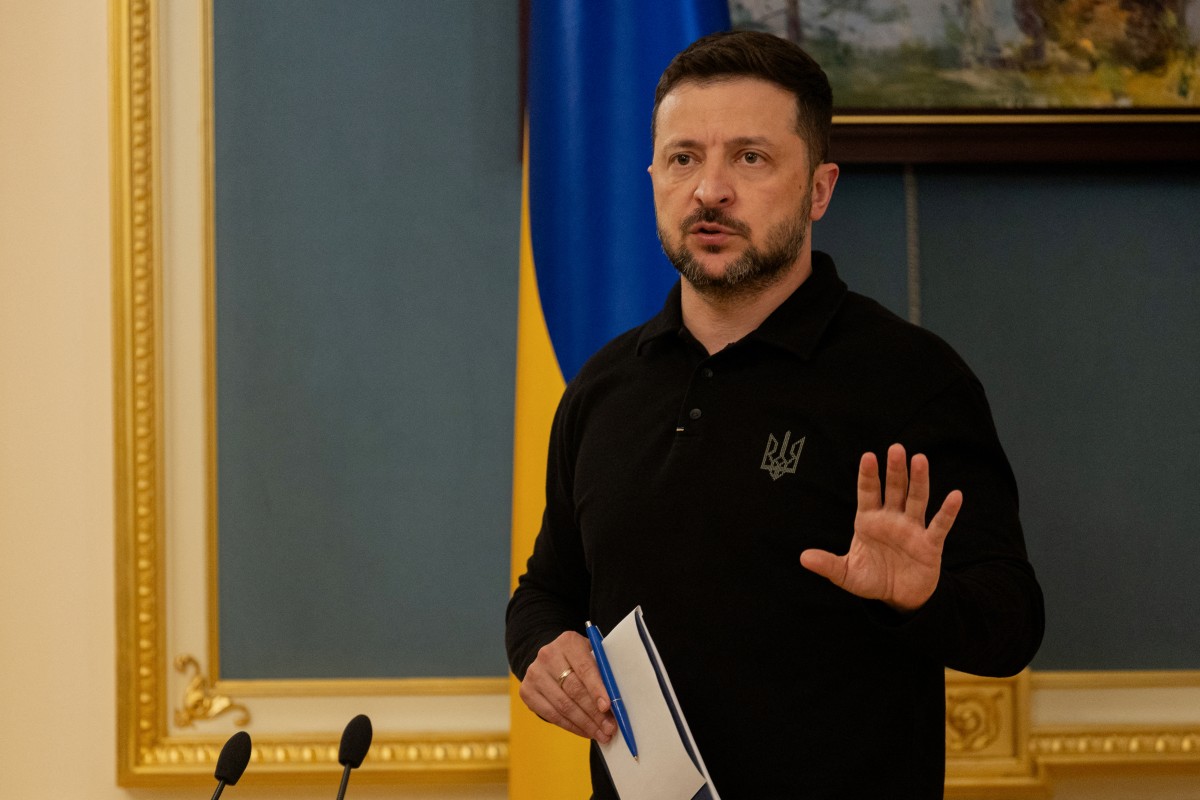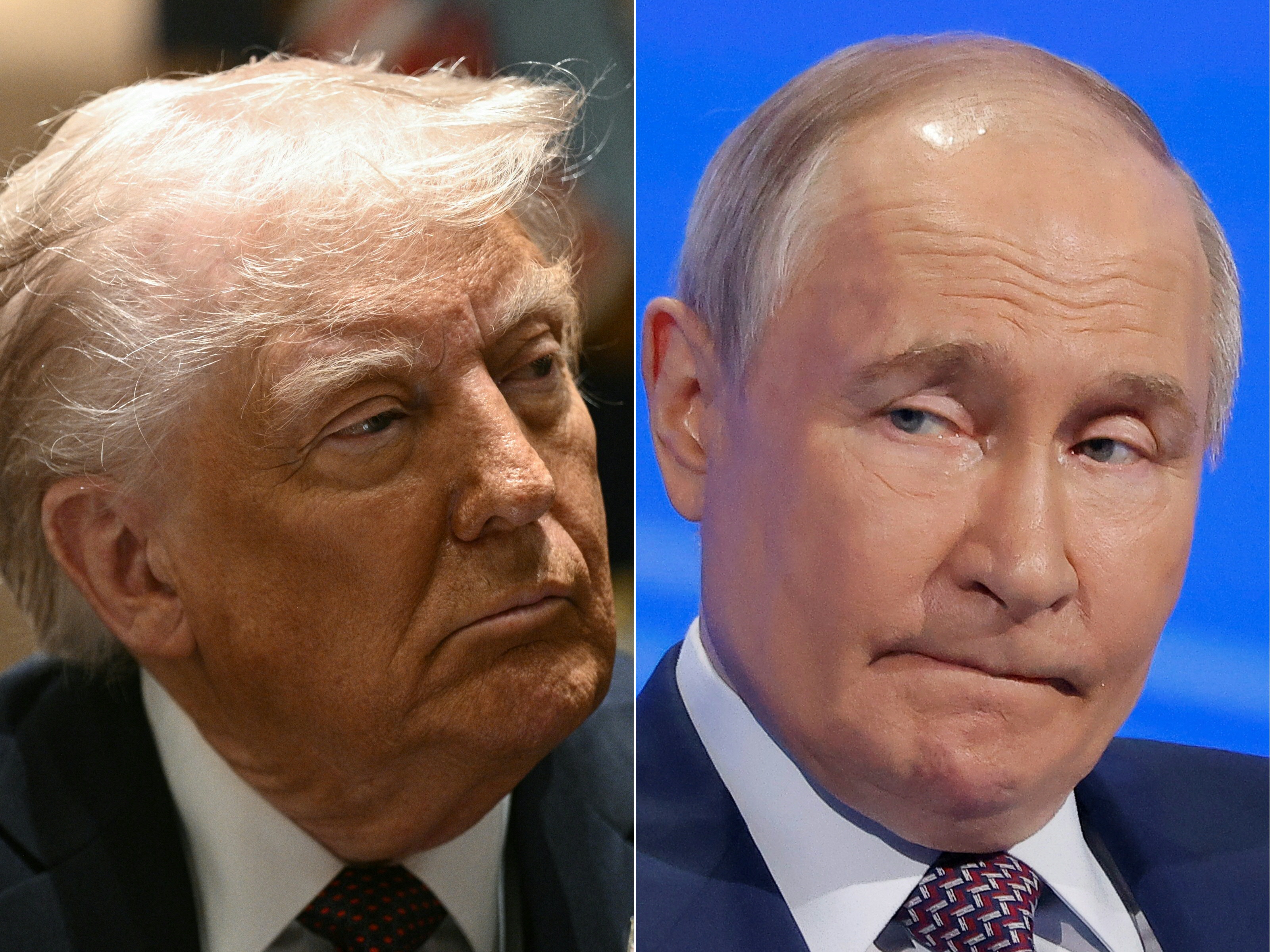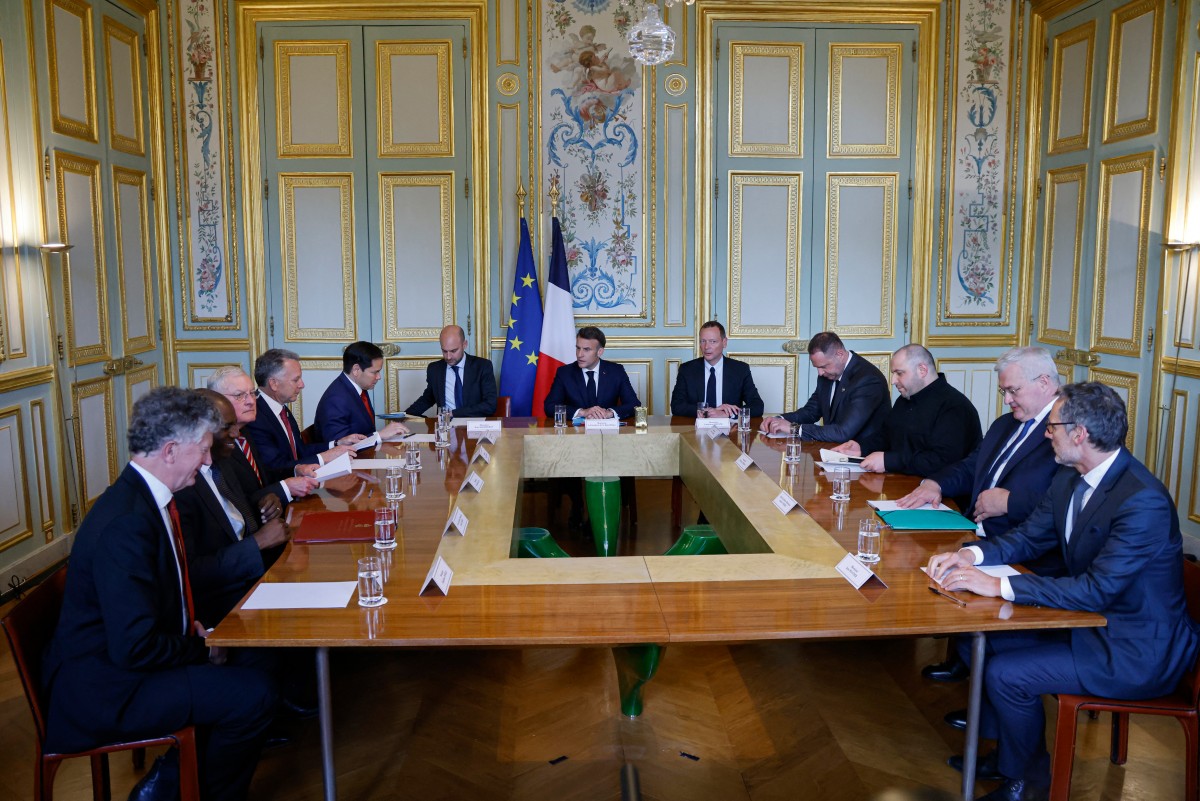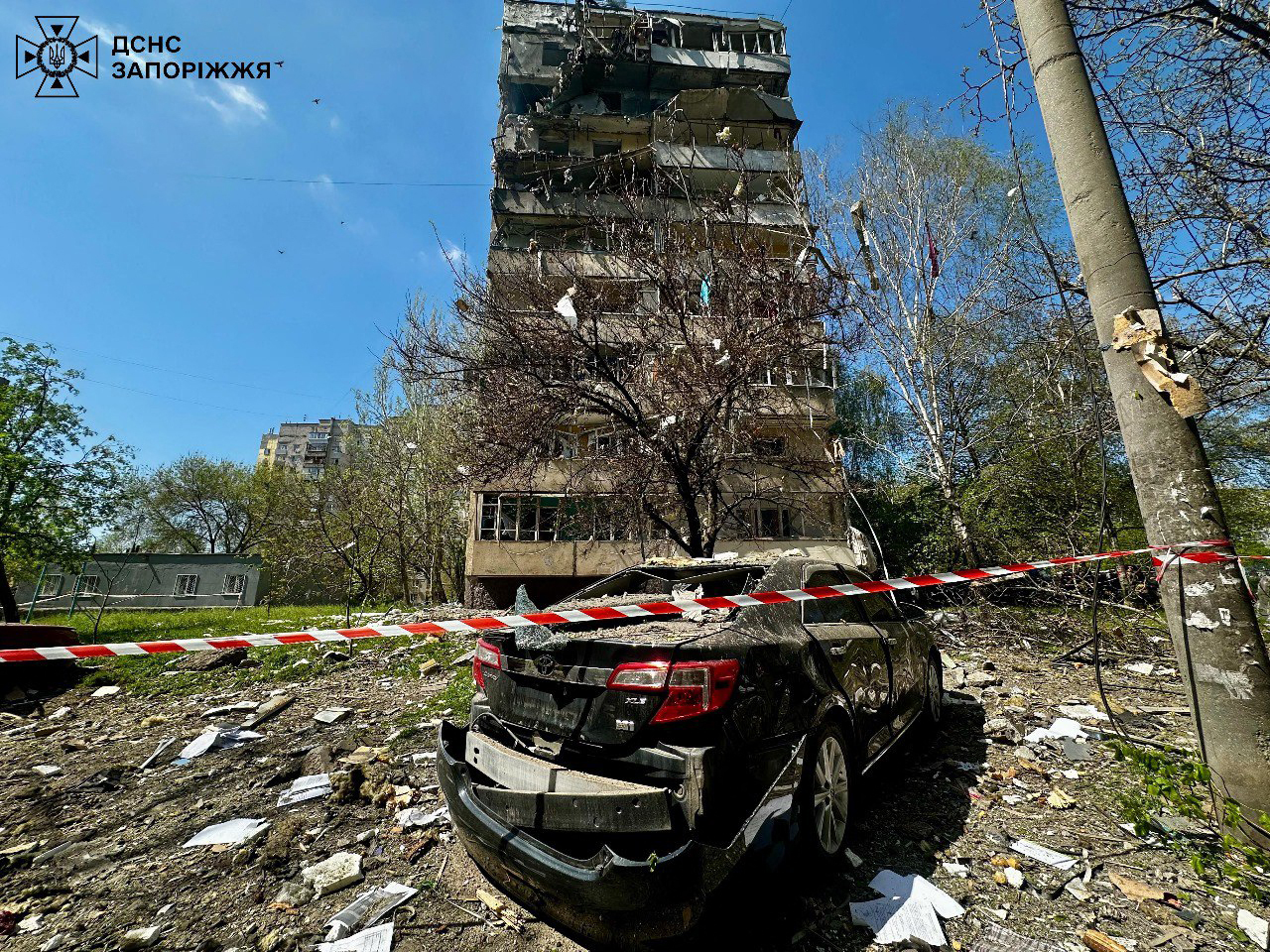
By Agence France-Presse
Ukraine is ready to hold direct peace talks with Russia but only after a ceasefire is in place, President Volodymyr Zelenskyy said on Tuesday (April 22) amid mounting pressure from the United States to end the three-year-old conflict.
U.S. presidential envoy Steve Witkoff will go to Moscow this week, the White House said, and a U.S. envoy is expected to take part in new talks with European officials in London on Wednesday, April 23.
U.S. media reports have said U.S. President Donald Trump has proposed the acceptance of Moscow-annexed territory in Crimea as part of Russia, which will also be discussed on Wednesday.
“After the ceasefire, we are ready to sit down in any format,” Zelenskyy told journalists at a briefing a day before the key talks in London on a potential Ukraine settlement.
Trump, who had promised to strike a Moscow-Kyiv deal within 24 hours of taking office, has failed in the three months since to secure concessions from Russian President Vladimir Putin. He said at the weekend that he hoped a peace deal could be struck “this week” despite no signs indicating the two sides were even close to a ceasefire, let alone a long-term settlement.

No ‘rigid time frames’
Kremlin spokesperson Dmitry Peskov said on Tuesday (April 22) that the conflict was too “complex” to achieve a speedy ceasefire.
“It is not worth setting any rigid time frames and trying to get a settlement, a viable settlement, in a short time frame,” he told state TV.
White House spokesperson Karoline Leavitt confirmed Witkoff would be travelling to Moscow, his fourth visit to Russia since Trump took office.
“The negotiations continue. We’re hopefully moving in the right direction. Trump has grown frustrated with both sides of this war, and he’s made that very known.” she said.
Moscow’s forces occupy around a fifth of Ukrainian territory and tens of thousands of people have been killed since the war started in February 2022.
After rejecting a U.S.-Ukrainian offer for an unconditional ceasefire last month, Putin announced a surprise Easter weekend truce. Fighting dipped during the 30-hour period but Russia launched fresh attacks on residential areas on Monday (April 21) and Tuesday (April 22), Ukrainian officials said.
Meanwhile, Ukraine’s foreign ministry called in China’s ambassador to raise “serious concern” over allegations that Chinese fighters were in the Russian army and Chinese companies were helping Russia make military hardware, the ministry said.
Zelenskyy has said at least 155 Chinese were fighting with the Russian army—two of whom have been detained by Ukraine—and that he had “information” that China was supplying arms to Russia. Last week, China denied providing weapons to its major ally.
The foreign ministry summoned China’s envoy in Kyiv, Ma Shengkun, over the accusations and produced “evidence” to back the claims, the ministry said.

‘Long-term’
UK Foreign Secretary David Lammy will lead Wednesday’s discussions (April 23), which will be at a lower level than Paris. It will be attended by U.S. Ukraine envoy Keith Kellogg and Emmanuel Bonne, diplomatic advisor to French President Emmanuel Macron.
Ukraine will be represented by Zelenskyy’s chief of staff Andriy Yermak, Foreign Minister Andriy Sybiga, and Defense Minister Rustem Umerov.
UK Defense Minister John Healey told Parliament that ministers and officials would discuss “what a ceasefire might look like and how to secure peace in the long-term” when they meet.
Trump proposed an unconditional ceasefire in March, the principle of which was accepted by Kyiv but rejected by Putin. The White House welcomed a separate agreement by both sides to halt attacks on energy infrastructure for 30 days, but the Kremlin has said it considers this moratorium to have expired.
French Foreign Minister Jean-Noel Barrot hailed the Paris talks as a breakthrough because the United States, Ukraine, and European ministers had “gathered around the same table” when Europe had previously feared it would be excluded from decision-making.
European leaders are also scrambling to work out how to support Ukraine should Trump pull Washington’s vital military and financial backing.

Russian attacks
Russia hit a residential area in the eastern Ukrainian city of Myrnograd with drones on Tuesday (April 22), killing three people and wounding two, authorities said. One person was reported dead and 23 wounded after two aerial bombs pounded the southern city of Zaporizhzhia, the region’s governor said.
Photos from Ukraine’s emergency services showed the outer walls of an apartment block blown open and a bloodied man on a stretcher, with bandages around his head and arms.
Russian strikes wounded another six people in the southern city of Kherson and seven in Kharkiv in the northeast, officials said. Meanwhile, the Russian army claimed to have captured a village in the eastern Donetsk region, where its troops are advancing.
Russia has advanced in recent months in southern and eastern Ukraine and recaptured much of Russia’s Kursk region, parts of which Kyiv seized last year and was hoping to use as a bargaining chip.
There were no ongoing discussions on any new U.S. aid packages with the Trump administration, Zelensky said.
Earlier, Rubio presented Washington’s plan for ending the conflict, though both he and Trump warned that Washington’s patience was wearing thin and could lead it to withdraw.
